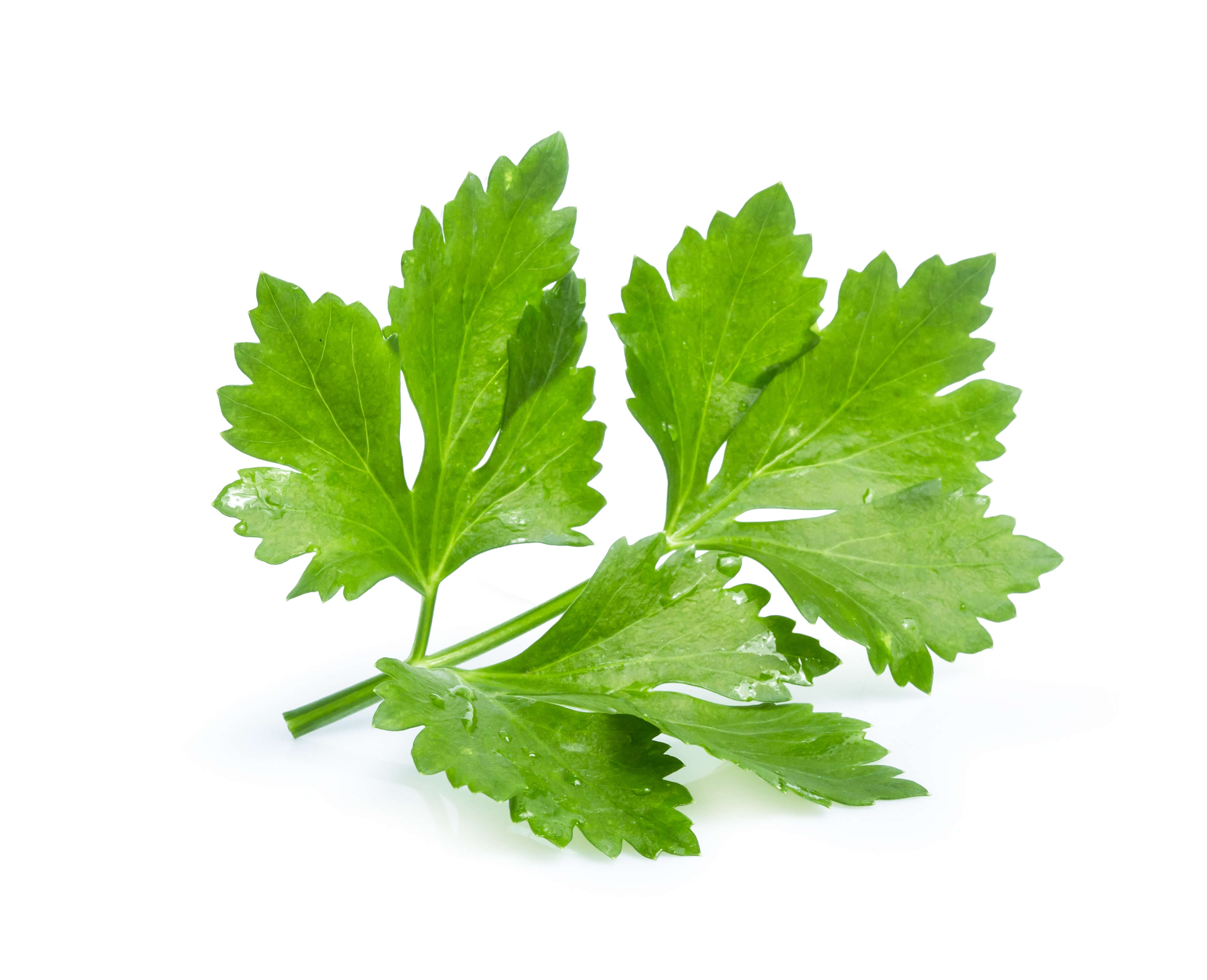
| Company | Ingredient Name | ID | Comments | Naturality | Certifications | Purity | Latin name | Treated part | Geographical origin | MOQ |
|---|---|---|---|---|---|---|---|---|---|---|
|
|
Huile essentielle de Coriandre feuilles - 30gr | - |
Visit website
|
- | - | - | - | - | - | |
|
|
CORIANDER Essential Oil | M_0020596 |
Visit website
|
Naturel | - | - | - | - | - | |
|
|
CORIANDER Rectified Essential Oil | M_0062897 |
Visit website
|
Naturel | - | - | - | - | - |
General Presentation
-
CAS N° : 8008-52-4
-
EINECS number : 84775-50-8
-
FEMA number : 2334
-
Appearance : Yellow to orange liquid
-
Density : 0,852 - 0,872 @20°C
-
Volatility : Head
-
Price Range : €€€
Physico-chemical properties
-
Optical rotation : Donnée indisponible
-
Vapor pressure : Donnée indisponible
-
Refractive Index @20°C : Donnée indisponible
-
Acid Value :
-
Flash Point :
Uses
Uses in perfumery :
Coriander Leaf EO is a natural reference for aldehydic materials. It is commonly used in 100% natural perfumery to bring a aldehydic note, in floral or citrus notes for example.
Major Components :
- 7-Dodecenal (20-25%)
- Aldehyde C-12 Lauric (15-20%)
- Aldehyde C-10 (≈10%)
- 9-tetradecanal (≈9%)
- 5,8-tridecadienal (≈6%)
- Aldehyde C-8 (≈5%)
- Tridecanal (≈4%)
- 3,6-undecadienal (≈4%)
- Aldehyde C-11 Undecylic (≈3%)

Photo credits: ScenTree SAS
Botanical name :
Coriandrum sativum L.
Synonyms : Apium leptophyllum auct. non (Pers.) F.Muell. ex Benth., // Selinum coriandrum E.H.L.Krause,
Botanical profile :
Coriander is a plant belonging to the Apiaceae family and the genus Coriandrum.
Chemotypes :
There are two varieties of coriander:
Coriandrum sativum L. : Mainly cultivated specie The European variety is smaller, rounder and has a more powerful smell. The Indian variety is larger, oval and clear but has a less significant smell.
Coriandrum tordylium : Wid coriander, rarely used.
Extraction process :
India produces coriander on about 600,000 hectares of land, in other words 400,000 tons every year. Exports of cilantro seed from India represents 35% of world exports. The seedlings are usually propagated by seed sowing in October-November, at a rate of 12 to 30 kg of seed per hectare cultivated, depending on climatic conditions (the more moist the soil, the more seeds are planted). Seedlings are planted every one or several tens of centimetres. The cultivation of coriander is subject to the use of chemical or natural fertilizers depending on the crop. Finally, it needs a warm atmosphere and regular irrigation.
Seeds are usually collected by hand at their maturity (green to yellow in colour). Leaves are cut manually, gathering the stems and cutting them a few centimeters above the ground, and dried in the shade before steam distillation. At the end of the process, the essential oil is collected in an essencier by decantation.
The extraction yield of the essential oil oscillates between 3 and 4%.
Seeds are also extracted to recover Coriander Seeds EO, and whose supercritical CO2 extraction enables the collection of an extract about 10% richer in Linalool than a conventional distillation.
Other comments :
Coriander is a spice that has been used for a long time. Indeed, the first mentions of this spice are dated -5000 B.C. Many mentions of coriander cultures are also present in the Bible.
Stability :
Aldehydes of this essential oil may react with Methyl Anthranilate or Indole to form Schiff bases. They also can form diethylacetals with no big impact on their smell.
Regulations & IFRA
Allergens :
This ingredient does not contain any allergen.
IFRA 51th :
This ingredient is not restricted for the 51th amendment


